
A good smartphone can be the perfect workout companion. You have music for motivation, videos for pushing through boring cardio sessions, GPS to keep you on course, and even an array of sensors for gathering data about your workout. But not all phones are created equal when it comes to helping you stay fit.
With that in mind, we wanted to find out which flagship phones are best suited for people who lead active lifestyles, as some phones will naturally be better than others at keeping track of your workouts. So after a detailed review, we present to you our best five phones for fitness-minded individuals.
Table of Contents
- Comparison Chart
- Chart Key
- Methodology
- Phone 1: Google Pixel 4
- Phone 2: Apple iPhone 11
- Phone 3: Samsung Galaxy S10
- Phone 4: OnePlus 7T
- Phone 5: LG G8 ThinQ
Comparison Chart

Amboy Manalo/Gadget Hacks
Key Comparison Points
Hardware Factors
- Water Resistance: Official IP ratings for water and dust resistance are now standard fare. Here, a higher number indicates better water resistance.
- Weight & Dimensions: A compact frame and low weight help ensure that a phone has the smallest footprint possible to keep obstructions to a minimum during an exercise session.
- Front & Rear Glass: The likelihood of accidental drops and spills can increase tremendously while out for a jog or working out. And with the use of glass for both the screen and rear panel the established norm with smartphones now, having the highest quality glass helps lessen the chances of shattering in the event of a bad spill.
- Rear Glass Texturing: Compared to smooth glass, textured glass provides more grip and slip resistance to help prevent accidental drops.
- Max Screen Brightness: The ability to clearly see your screen outdoors is important for many workouts. The "nits" values depicted here show you how bright the screens will actually get, and a bigger number is better. This information was sourced from PhoneArena.
- Rear Camera Cover: Keeping with the theme of durability, this row shows you the type of material covering the phone's rear camera lenses. The best option right now is sapphire thanks to its superior scratch resistance.
- Touch-Free Controls: When you're all sweaty, you don't want to be fumbling with your phone — so what touchless control does it offer? Most have hotword detection where the phone is always listening for your command. Others will even let you control the phone with touch-free hand gestures thanks to sensors like Google's Soli radar chip.
- Base Internal Storage: Even if you rely on streaming services like Spotify or Pandora for workout music, it never hurts to have your favorite songs downloaded to your device. The larger the internal storage, the more media files you can cram in.
- Dual Frequency GPS: Smartphones with this functionality provide more accurate location tracking thanks to the ability to receive satellite signals on two frequencies.
- Battery Life: Being out for extended periods of time with power hungry processes like GPS and music streaming, in addition to fitness trackers all continuously running in the background, can drain a battery fast. The numbers in this chart were sourced from GSMArena and based on their video playback tests.
- Wireless Charging: Tangled wires can be a nuisance — especially when you're working out. Phones that have wireless charging make at least one part of your fitness routine a little easier.
- Reverse Wireless Charging: So far, only a handful of devices offer reverse wireless charging, which lets you charge accessories like Bluetooth earbuds and smart watches using the phone itself.
- Alert Slider: This seemingly insignificant feature is actually one of the most useful for fitness, as it lets you instantly switch between loud or silent call profiles, in addition to custom media volume presets (if supported) without having to get into your device.
OS Considerations
- Secure Unlock Method: Passcodes and fingerprint sensors require you to physically interact with your device, which is no fun when you're dripping in sweat. So having a hands-free way of securely unlocking your phone is beneficial.
- Heart Rate Monitor: Whether or not the operating system provides a way to measure your heart rate by default.
- Always-On Display: This feature keeps a small portion of your phone's screen on while not in use, giving you quick access to important health and fitness data without the need to physically wake your device.
- SOS Function: Injuries can occur while exercising, so it's good to have a phone that will let you quickly call for help and send out an emergency message to designated contacts to alert them of your location and status.
Important Apps
- Apple HealthKit: Apple's native app for fitness tracking. HealthKit not only measures basic info like steps taken, but it also keeps track of a wide array of data, from sleep patterns to menstruation cycles. One notable feature is Medical ID, which lets people know the owner's important medical information, such as potential allergies and heart problems, along with who to contact in case of emergencies.
- Samsung Health: Though only natively available on Samsung devices, it can be downloaded as a third-party app on almost any phone. While not as feature-rich as its Apple counterpart, Samsung Health still shines. Besides the standard pedometer and calorie counter, there's other nifty features like a sleep tracker and an Exercise mode that tracks your route when you're out on a run.
- Google Fit: Google's very own service for logging fitness data. The app is far from all-encompassing, and focuses instead on times where you're active along with activities that benefit your heart. Beyond those, Google Fit also comes with the usual step counting, calories burned, and distance covered.
- LG Health: This is the native health app on high-end LG devices. Like Google Fit, the service — while incredibly easy to understand — is not as fully-featured as the first two. The app serves as a central hub for the fitness data collected by your phone and gives you helpful information along the way.
- Workout History Logs: History will show your past performance and specific routes you took, and give you a clearer picture of any improvements you may have made with your workout regimen. Some phones give you a more complete history than others.
Field Testing
- Fitness Accessories: How many accessories are available for the phone? The right accessory, like an armband, can go a long way in reducing your phone's footprint and help you during a jog. We're not talking wearable tech here, just plain-old gear that goes with your phone. you're guaranteed to find an accessory that perfectly suits your tastes and needs.
- Apple Watch Support: Much like a gated community, Apple is notorious for keeping its products locked within its own ecosystem. The Apple Watch is only compatible with iOS devices, unlike wearOS smartwatches that will function on both iOS and Android.
- Operating Temperatures: A device's operating temperature range should be considered when running in warmer climates like the desert or in the midst of freezing weather. The numbers listed here are the manufacturer's recommended operating temperature ranges in Fahrenheit.
How We Chose These Phones
To help narrow down the field, we set up some ground rules to separate the more fitness-geared handsets from the rest of the field.
For starters, we only considered current-generation flagship devices that were available for sale at brick and mortar stores in the US. This was to ensure these phones were easy to buy and would be great for fitness for years to come.
If there was more than one current-generation flagship from the same company, we only picked the one that fared best in the comparison points above. This ruled out phones like the Pixel 4 XL, Galaxy Note 10, iPhone 11 Pro, and LG V50 ThinQ.
We also required that all phones were under three inches wide and six and a half inches in length, as larger phablets tend to be bulkier and therefore less ideal for outdoor activities.
The phones also needed to either have built-in sensors or downloadable apps for fitness tracking, such as pedometers and heart rate sensors.
Lastly, we eliminated flagships that cost more than $900 to ensure you get the most bang for your buck without actually breaking your bank account.
Google Pixel 4
The Google Pixel 4 and 4 XL are famous for their excellent cameras and clean OS. However, we also found that Google's latest flagships were ideal for fitness activities due to their excellent build quality and feature-rich software. We could only pick one variant in the end, however, so we chose the Pixel 4 over its larger counterpart due to its more pocket-friendly size of 5.78 x 2.71 inches.

Jake Peterson/Gadget Hacks
The Pixel 4 was designed with durability in mind, boasting an IP68 water and dust resistance rating and a textured rear glass panel for increased slip-resistance, along with sapphire crystal camera lens that's better able to withstand scratches. Even small details like its orange power button are helpful, making it easier to see and access on the fly.
The Pixel 4 also shines with hands-free controls via Google Assistant and facial recognition that unlocks your device without needing to touch it (unlike the iPhone 11, which makes you swipe to unlock after authentication). And thanks to its built-in Soli radar chip and Motion Sense functionality, you can silence incoming phone calls, skip to another track, and perform several other actions without having to touch your phone with your sweaty hands.
Post-workout selfies are a part of many fitness buffs' routines, and it's easy to see why. Doing so is the perfect way to keep track of your progress and stay motivated, and even inspire others to start working out. You'll be glad to know the Pixel 4 is easily a top-three phone for taking photos thanks to its great camera hardware and software pairing. In particular, the Pixel 4's Night Sight feature is especially handy when taking photos in nighttime or poorly-lit areas, as it sucks in all available light to significantly brighten up your shots.

Jon Knight/Gadget Hacks
The Pixel 4 comes with Google Fit preinstalled to take care of health and fitness tracking. It may not be as outwardly feature-rich as Apple HealthKit or Samsung Health on first glance, but it is packed with capabilities — particularly with third-party fitness app and hardware support that can be integrated into the service. By default, Google Fit lets you easily keep track of steps taken, calories burned, and miles traveled.

Regina Manalo


Regina Manalo

There's a massive selection of compatible smartwatches such as the Skagen Connected Falster 2 and Ticwatch C2, among with fitness trackers like Fitbit bracelets and Nike+ FuelBand ICE that will fully work on the Pixel 4 to enhance your workout experience. However, as with all non-Apple devices, you can't use an Apple Watch with it.
The Pixel 4 is not without its downsides. It doesn't have a heart-rate sensor built-in, though you can download an app to do this. It's also using the older Gorilla Glass 5 on both its front and rear glass panels. While durable in its own right, it isn't as shatter resistant as the newer Gorilla Glass 6, which can withstand one meter drops on rough surfaces twice as much as its predecessor.
With a maximum brightness of 445 Nits, the Pixel 4 has the weakest brightness out of all the phones on this list, which makes it less than ideal for outdoor use. And a base internal storage of 64 GB means less room for files, which is a handicap if you rely on downloaded content as opposed to streaming services while working out.
Apple iPhone 11
The iPhone 11 may not be Apple's premiere iPhone in its 2019 lineup, but its still a flagship through and through. Don't let its $699 starting price fool you, the iPhone 11 boasts most of the impressive specs its more expensive counterparts boast, along with a plethora of features centered around health and fitness that made it a serious contender in this list.

Amboy Manalo/Gadget Hacks
HealthKit support is the iPhone 11's biggest strength in this category. The app comes jam-packed with features that no other OEM-developed fitness and health apps on this list can offer. For the basics, the iPhone 11 has a pedometer and barometer built-in to let you accurately track your steps and log elevation, respectively.
And that's just the tip of the iceberg — HealthKit also gives you a very detailed history not only of your workouts, but also a wide range of health-related data, from nutrition all the way to reproductive health. Like Google Fit, it can be further enhanced with third-party apps like Cardiogram, Runkeeper, and Period Tracker for a completely personalized experience.

Amboy Manalo/Gadget Hacks



Amboy Manalo/Gadget Hacks


As the only device on this list that offers full Apple Watch support, the iPhone 11 gets the highest marks for smartwatch and wearable support. And if you spring for a new Apple Watch 4 or 5, you can log EKG recordings and get more accurate sleep tracking with services like Beddit.
Beyond Apple Watch support, wearOS devices from Fossil and other manufacturers will work on the iPhone 11, albeit in a more limited capacity, as iOS-specific apps like iMessage and Apple Maps will not sync fully. Dedicated fitness wearables like Google's Fitbit and Nike's FuelBand will fully sync with it.
The iPhone 11 is designed to keep pace with even the most active of lifestyles thanks to its premium build. The device has a water and dust resistance rating of IP68, features ion-strengthened glass for both the display and rear panels, and a sapphire crystal camera lens.

Coming in at 5.94 x 2.98 inches, the iPhone 11 falls between the Pixel 4 and G8 ThinQ, so it's still relatively easy to use with one hand. At a max of 625 nits, its display is very outdoor-friendly. Battery life on the iPhone is the best out of all the phones on this list, and the operating temperature ranges are exactly the same as all the other phones here, ranging from 32 to 95 degrees Fahrenheit.
Despite all its noteworthy strengths, there were several negative factors that ultimately kept the iPhone 11 from claiming the top spot. First, the iPhone 11 doesn't let you see any fitness data from the lock screen, so you'll need to unlock your phone and access HealthKit to track your progress. It's also using smooth, slippery rear glass, so you'll need to put it in a case.
Besides that, the iPhone 11 also doesn't have a heart rate sensor built in, so you'll have to rely instead on wearable devices like the Apple Watch to record heart data. You can also use third-party apps to do this.
Apple clearly meant for its devices be used in conjunction with wearable tech like smartwatches when it comes to fitness and exercise. This need for wearable support is a weak point for iOS, as it may turn off some who prefer to use their smartphone alone and/or can't justify the added expense of purchasing an extra device just to perform such a simple task.
Samsung Galaxy S10
Wit its gorgeous Infinity-O display and innovative in-display fingerprint sensor, the Galaxy S10 has done a tremendous job keeping Samsung on top in terms of sales and brand recognition. This sleek flagship may be on the higher end of the price spectrum at $899, but it's definitely one of the most versatile handsets currently out thanks to its great design and the fitness-specific features it brings to the table.
For starters, the Galaxy S10 comes with Samsung Health preinstalled to make it one of a handful of Android smartphones to come with its own native health app. Though the app isn't quite as feature rich as Apple's HealthKit, it makes up for it with its intuitive interface and overall simplicity, which primarily consists of a pedometer to record steps and an "Exercise" feature that log workouts.
One of the most useful features that the S10 has over the other devices in this list is its ability to display fitness data on the lock screen, which is even easier to access when the phone's always-on display feature is activated. This allows you to quickly glance at your phone to monitor your progress, then continue focusing on your workout.
The S10 is also the only device in this list to feature a built-in heart heart rate sensor, which can measure your heart rate by itself or along with blood-oxygen saturation (SpO2) levels via the Stressoption in Samsung Health. This ability to provide a detailed overview of your workout and heart rate without the need of a smartwatch or fitness band gives the S10 an edge.
While the S10 doesn't provide Apple Watch support, there is an extremely large selection of wearOS and Tizen smartwatches available. These can range from Samsung's very own Gear series of smartwatches to other brands like LG and Movado, or even fitness trackers like Nike+ FuelBands.
Though not as bright as the OnePlus 7T, the S10 comes in a close second thanks to its AMOLED screen's 674-nit output. The S10 also does reasonably well in the battery department with an average lifespan of 13 hours off a full charge. If those weren't impressive enough, the S10 is the only handset in this list that offers reverse wireless charging so you can top up supported accessories like wireless earbuds in a pinch.
Durability-wise, the S10 employs the latest Gorilla Glass 6 for its display panel while using the older Gorilla Glass 5 for the rear, and has a dirt and water resistance rating of IP68 to ensure it protected from the elements. Unfortunately, the S10 uses glass to cover its rear camera system, which makes it more prone to scratches compared to the sapphire crystal-equipped devices on this list.
Glass rear camera cover aside, the flagship also suffers from numerous drawbacks which kept it from ascending further up the list. As amazing as the curved screen is to behold, it also increases the likelihood of accidental touches while interacting with the device during exercise sessions, and that's just the start. As to be expected by an almost edge-to-edge all glass design, the Galaxy S10 fared poorly in drop tests.
The S10's inherent susceptibility to shattering is something you'll have to pay close attention to, especially considering that the handset features no texturing of any kind. So care must be taken when handling this slippery device with sweaty hands.
And now that Samsung has done away with both Face and Iris unlocking, there's no hands-free way to unlock your device — instead, you'll have to rely on either your passcode or fingerprint to gain access. This can be problematic if you need to get into your phone while your hands are full or dirty from working out.
OnePlus 7T
Despite being a lesser-known brand, OnePlus' parent company is on the verge of overtaking Samsung as the biggest phone manufacturer in the world. BBK Electronics uses the OnePlus brand to push the boundaries of their smartphones' features and capabilities. The OnePlus 7T continues on this tradition, and for a reasonable starting price of $599, you get a top-tier flagship that's not only perfect for tinkering, but also a handy partner for staying fit and active.
Despite being one of the wider and heavier phones in this list (at 6.34 by 2.93 inches with a weight of 6.7 ounces), the 7T is ergonomic and easy to operate with one hand, thanks in large part to its gently curved edges around the Gorilla Glass 5 front and rear panels. For added slip resistance, the 7T features a textured rear panel that's noticeably smoother than the Pixel 4.
Though it lacks an official rating for water and dust resistance, the OnePlus 7T's tight tolerances, excellent build quality, and use of rubber gaskets in key components like motherboard connectors, speakers, and charging port, make it reasonably resistant to liquid and dirt. That said, you should still be careful when performing outdoor activities near water.

The OnePlus 7T employs red rubber gaskets on critical areas to keep water and dirt out.
Battery life is excellent on the OnePlus 7T, with an average uptime of 18 hours off a full charge. This places it ahead of all the Android devices on this list, and almost on par with the iPhone 11. In addition, the 7T scored the highest in terms of maximum screen brightness with an average maximum output of only 692 Nits, making it be easiest device to view outdoors.
As far as durability goes, the OnePlus 7T gave a decent performance on various torture tests done to the device. In JerryRig's durability test, the 7T's aluminum frame and display proved to be very resistant to bending, though its rear panel didn't fare quite as well. The back glass also was the first to break in drop tests done by Gupta Information Systems, though the display survived numerous drops from various heights intact.
Besides the fragile rear glass panel, the OnePlus 7T's most glaring weakness is its lack of native health and fitness apps and sensors, though these can be easily remedied by installing apps like Google Fit or Samsung Health, along with a myriad heart rate sensors available on the Google Play Store.
With these apps installed, the 7T does an excellent job at tracking important fitness data like logging steps and approximating heart rates. Not only that, but having these apps and services on-hand also gives you quick access to steps you've logged and other information via the notification panel for instant viewing.
Moreover, the OnePlus 7T is fully compatible with a wide range of smartwatches and wearable fitness trackers, with the exception of the Apple Watch. But with the vast selection of wearOS, Tizen, FitbitOS, and other smartwatches available, you're sure to find one that suits your individual needs.
Compared to more famous models like the S10 and iPhone 11, dedicated accessories like arm bands and protective cases aren't as widely available — especially in brick-and-mortar stores — for the OnePlus 7T. That said, cases and other accessories specific to the 7T are still relatively easy to find online thanks to the brand's cult following and popularity.
Unfortunately, the OnePlus 7T is the only handset on this list that doesn't have wireless charging capabilities, so care must be taken when charging the device while working out in a gym. Carelessly leaving it anywhere as you exercise is not only a safety hazard, but doing so can also severely damage the 7T's charging port in the event someone trips on the wire.
LG G8 ThinQ
Despite being overshadowed by more popular OEMs like Google and Samsung, LG has continued to belt out quality handsets, and has even become the brand of choice for music lovers due to innovative flagships like the G8 ThinQ and its Crystal Sound technology. Beyond being an audio powerhouse, however, this latest flagship also makes for a great fitness companion thanks to its premium build.
Sporting a Gorilla Glass 6 rear panel, Gorilla Glass 5 display, and an aluminum mid-frame, and topped off with an IP68 rating, the G8 ThinQ looks and feels like a flagship, and certainly leads to its durability overall. In fact, LG the G8 ThinQ is the only device on this list to have received an official MIL-STD-810G rating, which means it's been drop tested and proven to survive impacts on hard surfaces like concrete.
Like all the other Androids on this list, the G8 ThinQ features full support for wearOS smartwatches, and other wearable tech like Fitbit and Pebble. These devices will fully sync with your handset, but do note that the Apple Watch only works with Apple devices.
While on the topic of hands-free experience, the G8 ThinQ is also the only device on this list apart from the Pixel 4 that features touchless gestures for hands-free accessibility by way of Air Motion. As its name implies, the feature uses the G8 ThinQ's array of front cameras and sensors to detect hand movements for on-screen controls like turning the volume up or down, taking photos, and more.
The LG G8 ThinQ is also a cut above the rest in terms of hands-free unlocking, and besides facial recognition, the flagship gives you the added ability to unlock your device by way of Hand ID. Thanks to its front-facing 3D mapping sensors, the G8 is able to detect the unique circulatory pattern beneath the skin of your palm and use it as a from of biometric ID for added security and ease of access at the same time.
Like Google and Samsung, LG has its own native health app, which is fittingly named LG Health. Compared to its more well-known counterparts, LG's health app is much simpler feature-wise, and mainly serves to time and log exercise types like walking, running, biking, hiking, and in-line skating. Fitness data is simple to access and keep track of, though we found that the step counter performed noticeably better when synced with Google Fit. Google Fit. Unfortunately, LG Health doesn't let you record your meals, which is something you'll need to consider if logging food intake is important to you.
Despite its amazing build quality and features, the LG G8 ThinQ still lags behind the iPhone 11 and Galaxy S10 in terms of popularity, and it shows. Aftermarket accessories for the G8 ThinQ are pretty hard to come by when shopping around in physical retail locations, and will often leave you with no other options but to look online to find protective cases, screen protectors, armbands, and other accessories made for it.
Besides the lack of aftermarket support, The G8 ThinQ also tied the Pixel 4 in scoring the lowest in terms of battery life, which averaged out at around 11 hours. That said, the G8 ThinQ fared better than the Pixel 4 in the screen brightness test with a decent 561 nits. And with a starting price of $899, the LG ThinQ ranks up there with the Galaxy S10 as the most expensive handsets in this list.
This article was produced during Gadget Hacks' annual Health & Fitness special coverage. Read all of the Health & Fitness series.
Cover image via Cathy Yeulet/123RF














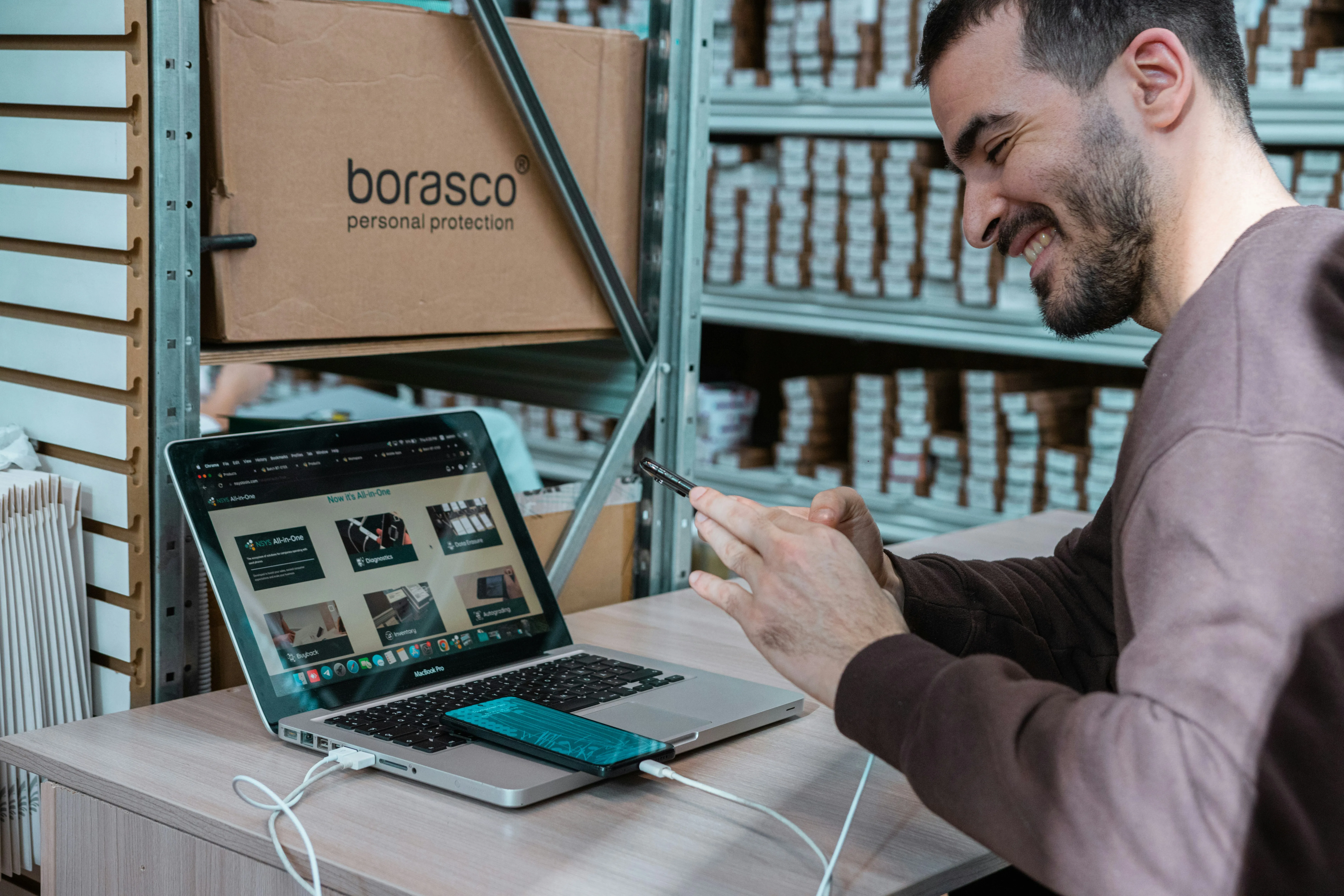


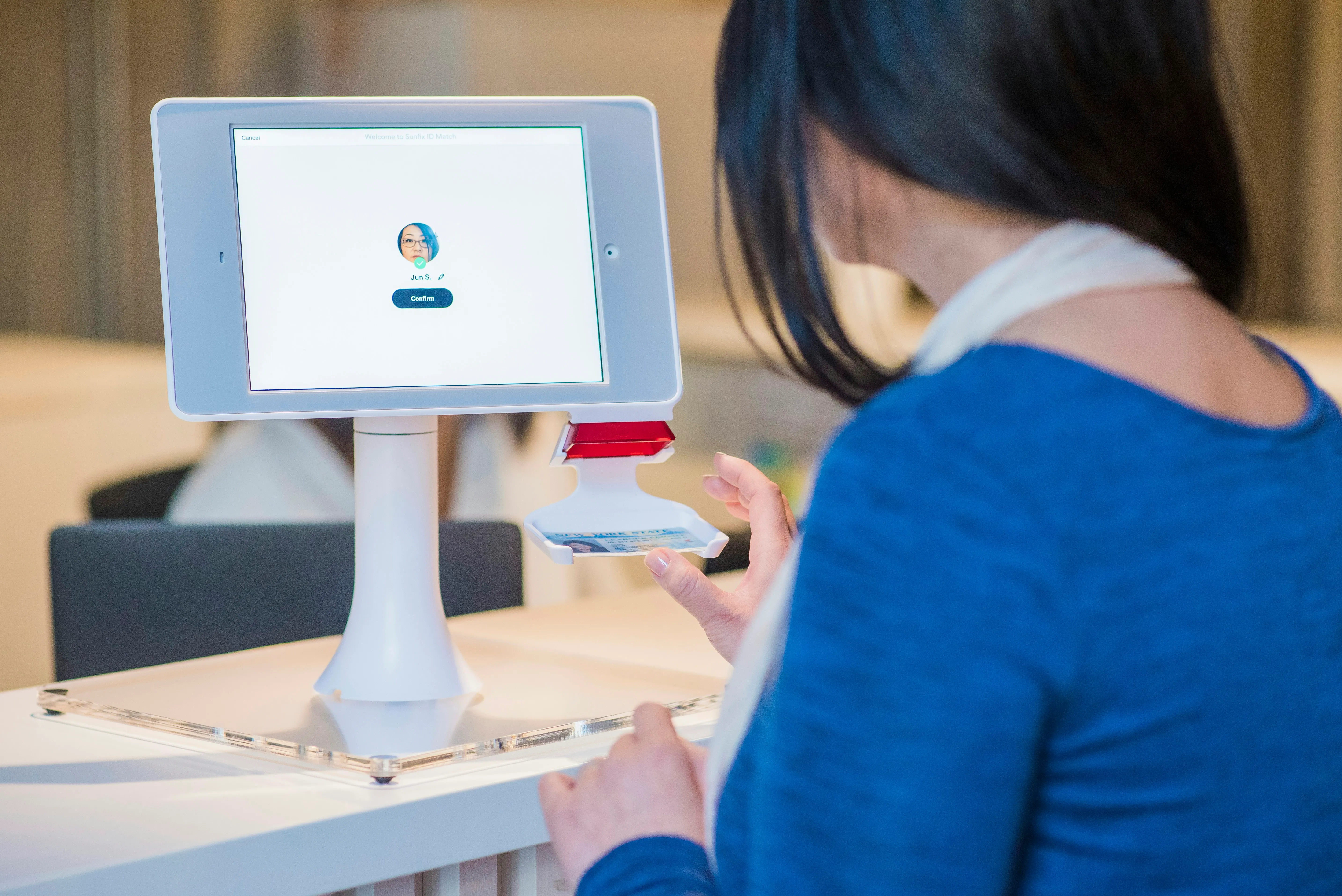


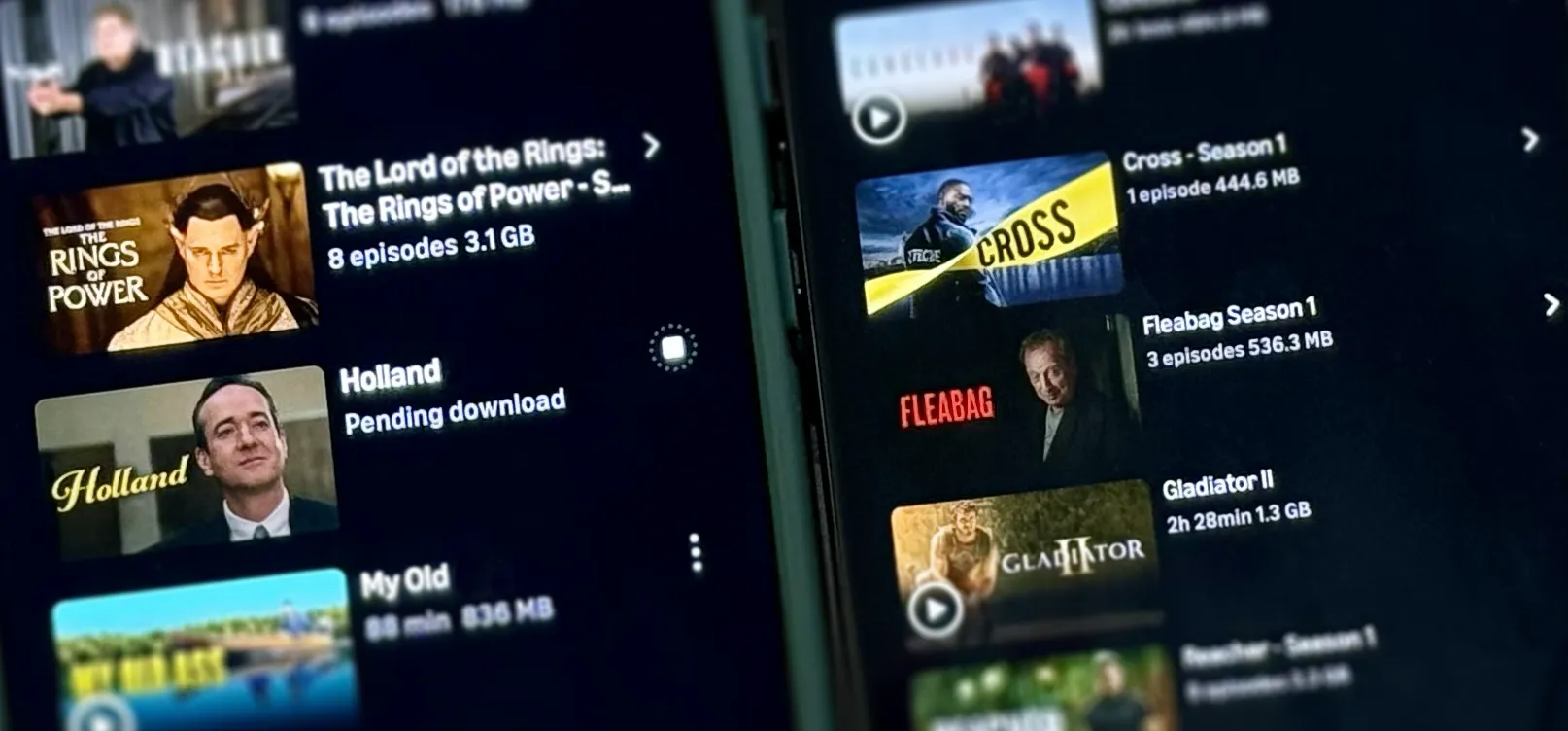

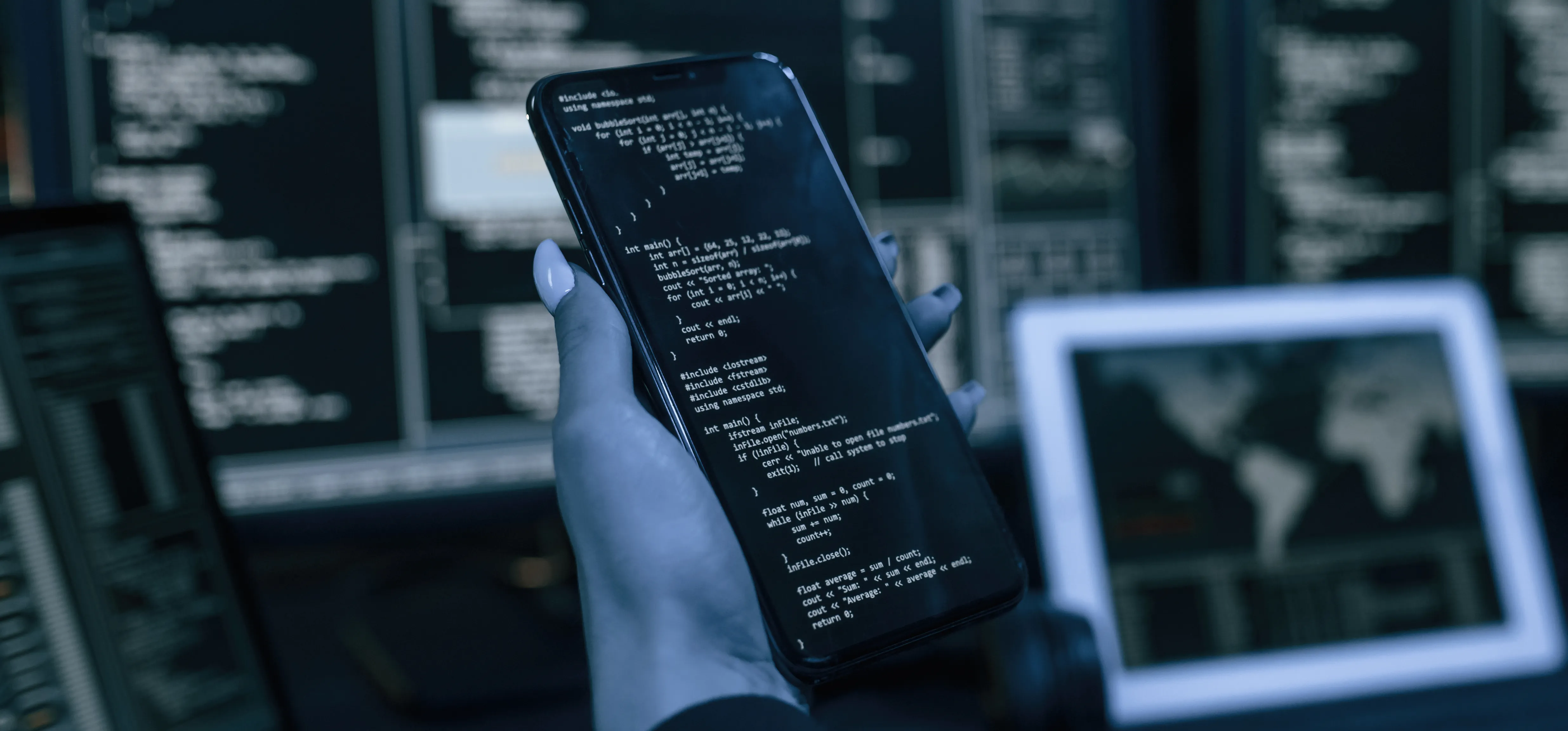

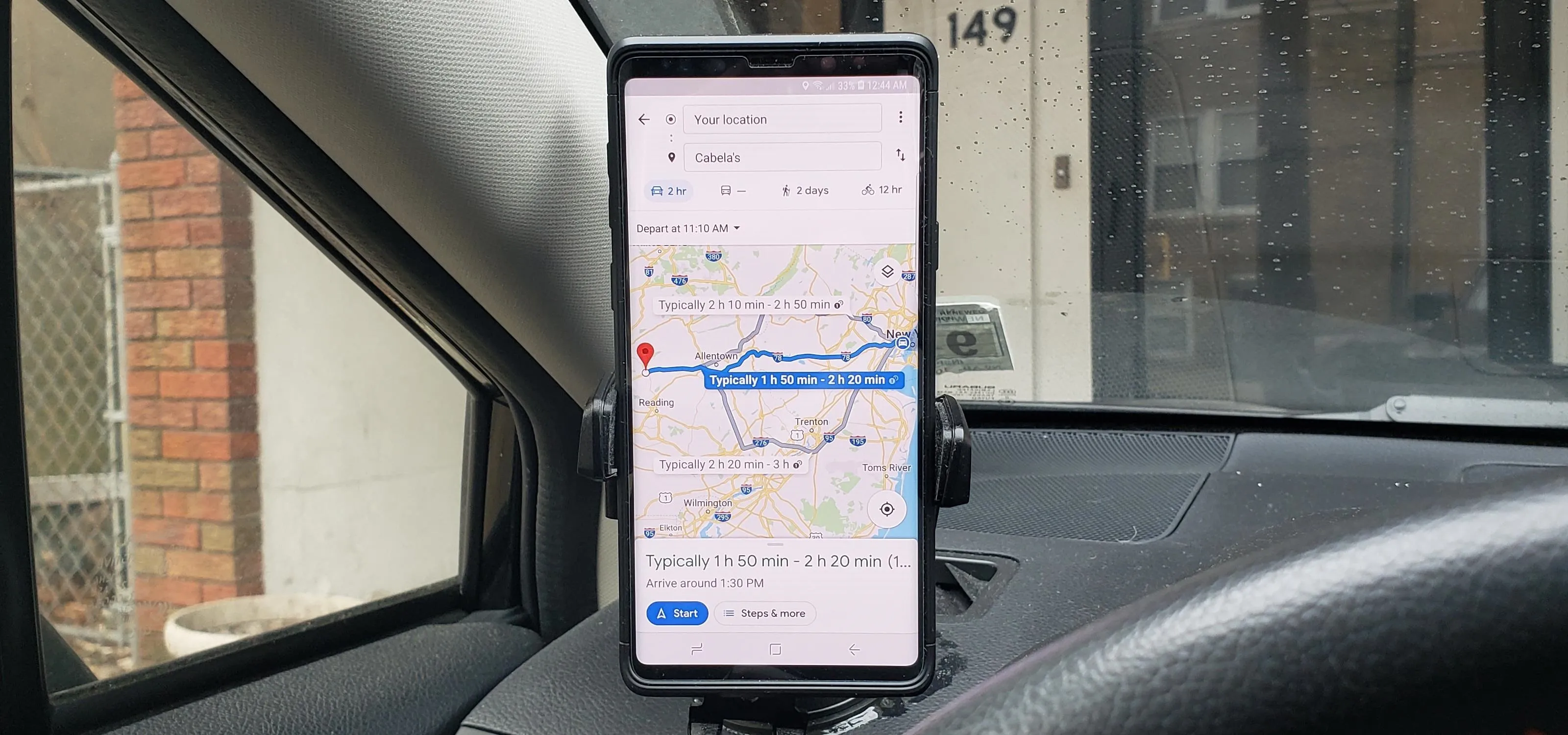


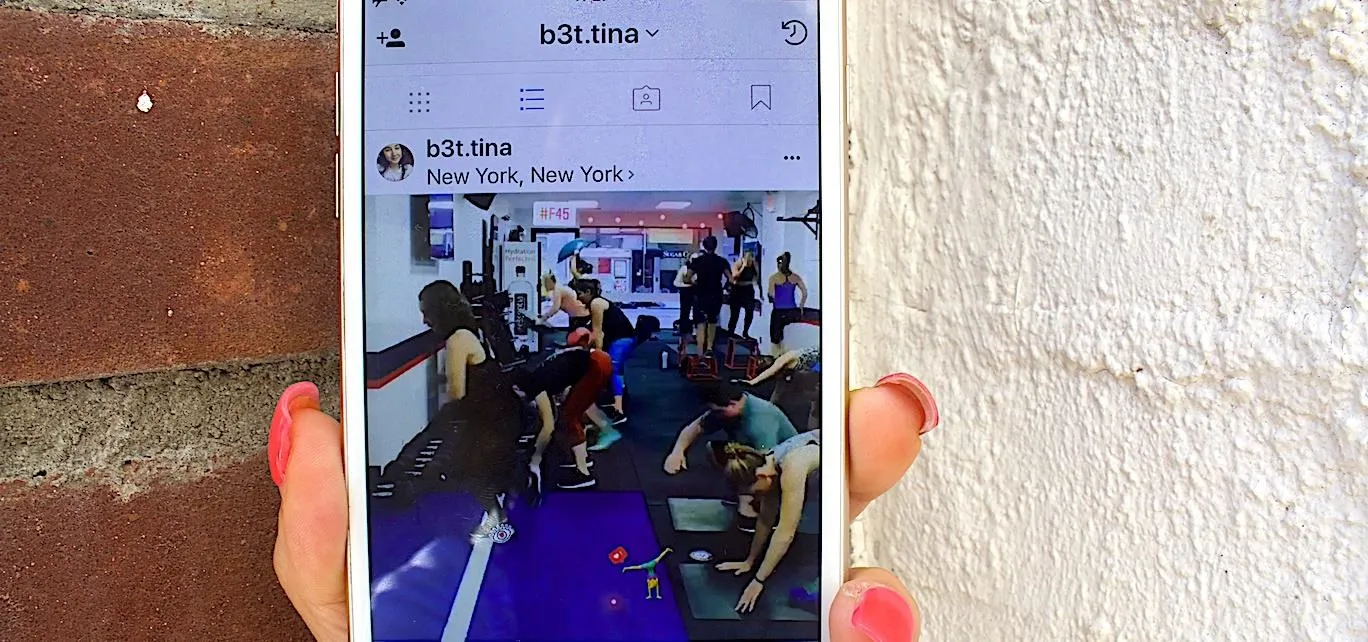


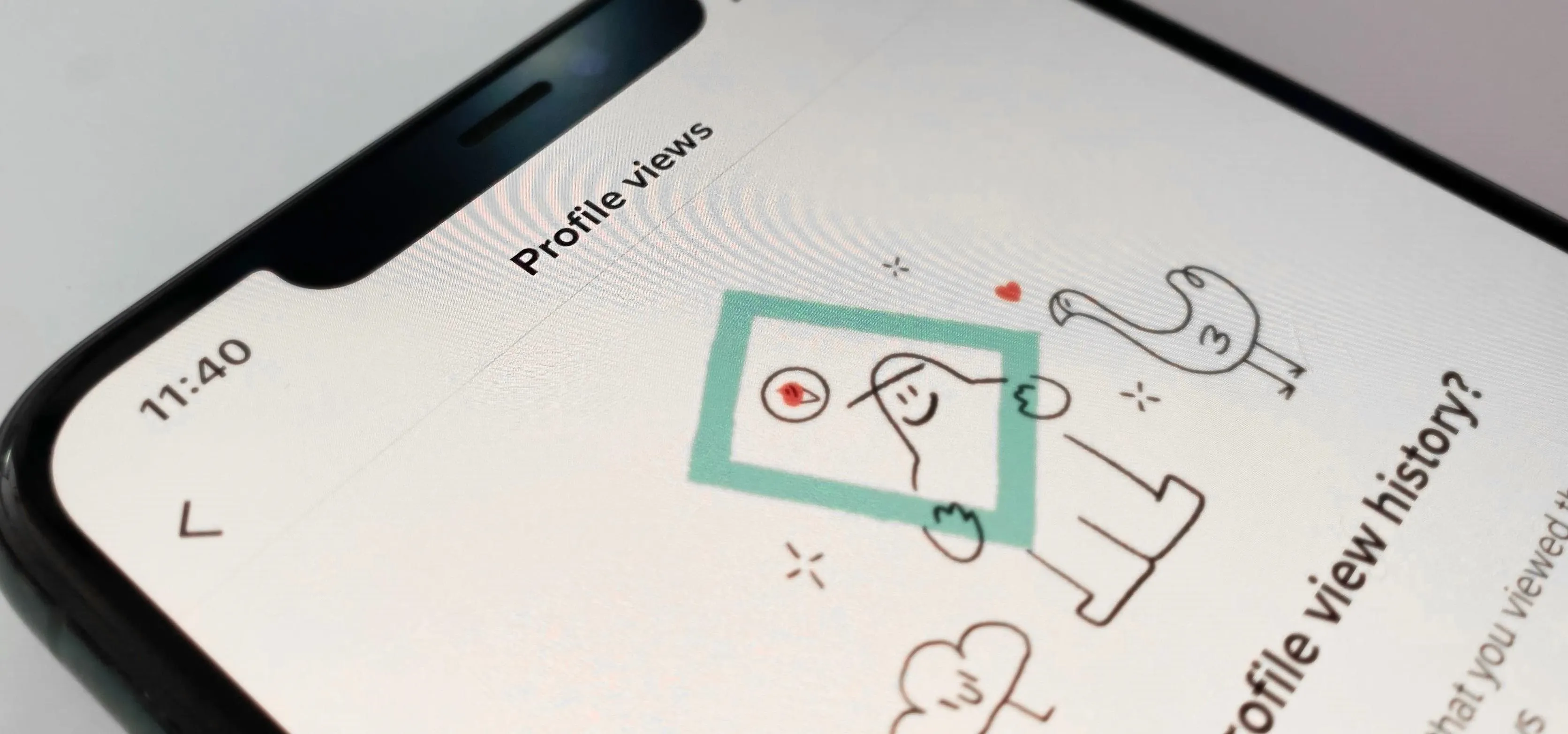

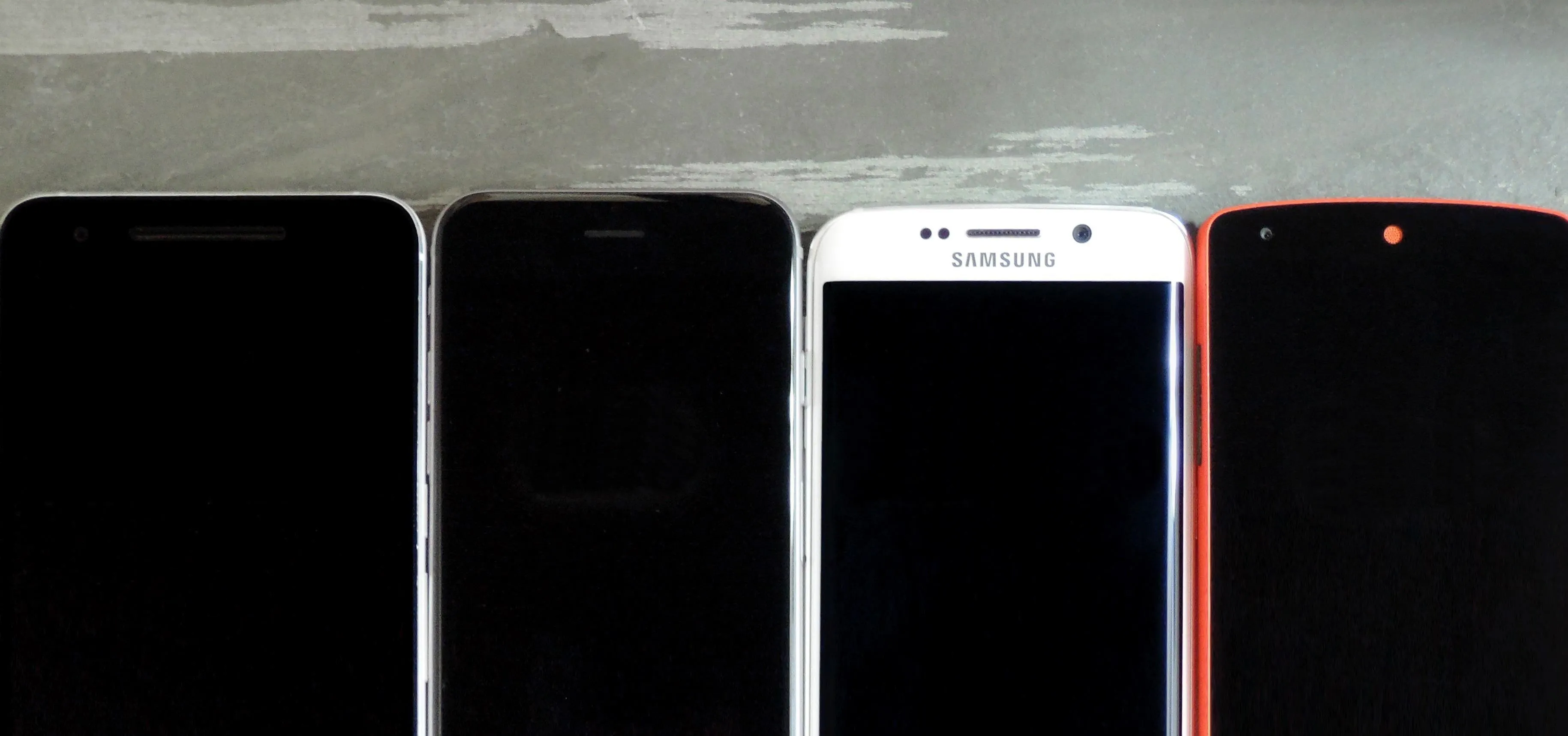
Comments
Be the first, drop a comment!